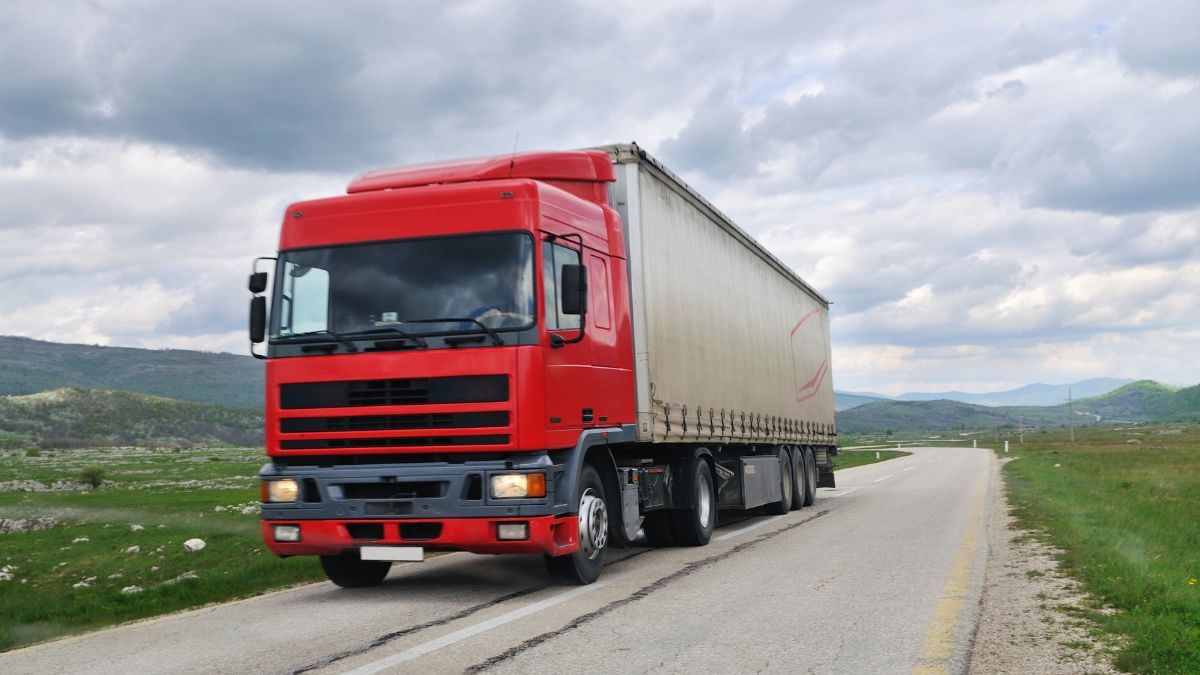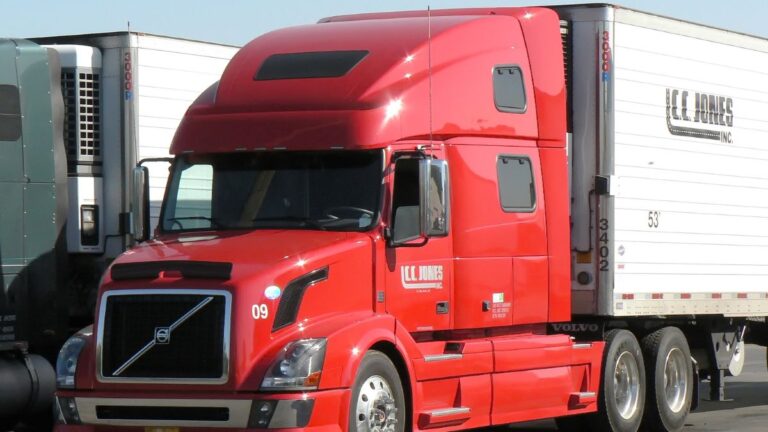Sharing the road with large trucks is a common part of life in Oklahoma and throughout the country. These big vehicles are crucial for transporting goods, but their size makes them much more dangerous in crashes compared to smaller passenger cars. A tractor-trailer can weigh up to 80,000 pounds and carries a lot of force. When accidents occur, the outcomes are often severe.
Truck size is important for safety and also impacts the legal process after a crash. There are rules about weight, length, and how to secure loads, all aimed at keeping the public safe. When truck companies or drivers don’t follow these rules, it becomes easier to determine who is responsible for an accident. Victims need to know how truck size and regulations work together to help strengthen their cases and ensure they get fair compensation.
Why Truck Size Matters on the Road
The average car weighs around 4,000 pounds, while a fully loaded semi can weigh 20 times as much. This size difference creates unique risks. Trucks take longer to stop, need more room to turn, and have blind spots large enough to hide entire vehicles. A sudden mistake by a truck driver can leave other motorists with no way to avoid a collision.

The impact of truck size also influences the outcome of accident claims. Bigger vehicles often cause more severe injuries and greater property damage, which means higher medical bills, long-term care needs, and larger compensation demands. Courts and insurers cannot ignore the disproportionate harm that trucks can cause.
Federal and State Size Regulations
To control these dangers, both the Federal Motor Carrier Safety Administration (FMCSA) and state governments impose strict limits. In Oklahoma, the maximum gross vehicle weight is typically 80,000 pounds, with limits on axle weight and truck dimensions. Certain oversized or overweight loads require special permits and often need escort vehicles for added safety.
Regulations don’t just set weight and size limits — they also require proper loading and cargo securement. Failing to meet these standards doesn’t just increase crash risks; it can also be used as strong evidence of negligence in an accident claim.
Overloaded and Oversized Trucks
Overloaded trucks are among the most dangerous vehicles on the road. Extra weight makes braking less effective, raises the chance of tire blowouts, and puts more strain on equipment like brakes and steering systems. Oversized trucks, meanwhile, may not fit safely on bridges, local roads, or narrow highways, creating hazards for everyone around them.
When a crash involves an overloaded or oversized truck, investigators often uncover violations that point directly to negligence. This strengthens a victim’s legal case by showing that the accident could have been avoided if regulations had been followed.
The Role of Cargo Securement
Even when trucks stay within weight limits, poorly secured cargo can lead to disaster. A sudden shift in weight may cause a trailer to jackknife, roll over, or spill its contents onto the road. Federal rules require specific tie-down methods and inspection schedules to keep cargo stable.
If evidence shows that cargo was improperly secured, liability often falls on both the trucking company and the employees or contractors responsible for loading. This expands the number of parties who may owe compensation in a claim.
Accident Investigations and Evidence
Truck size and regulatory compliance are central issues in accident investigations. Police officers, insurance adjusters, and attorneys look at weigh station records, electronic logging devices, inspection reports, and driver logs to see whether the truck was compliant at the time of the crash.
Accident reconstruction experts may also analyze skid marks, vehicle damage, and black box data to determine whether weight or size contributed to the crash. The more evidence of regulatory violations, the stronger the victim’s claim for full compensation.
Liability and Insurance in Trucking Accidents
Because trucks are so dangerous, federal law requires commercial carriers to carry higher insurance limits than personal drivers. Minimum coverage for large trucks carrying freight often starts at $750,000, and for hazardous materials, it can be much higher.
Determining liability in these cases can be complicated. Multiple parties may share responsibility, including the driver, the trucking company, cargo loaders, maintenance providers, and even manufacturers of defective parts. A skilled truck accident attorney helps identify every potential defendant, ensuring victims can recover the maximum available compensation.
The Role of Federal Safety Standards
Beyond size and weight limits, the FMCSA sets rules on hours of service, vehicle inspections, and driver qualifications. A truck that is overloaded or oversized is more dangerous if the driver is fatigued or if the brakes have not been inspected properly. Safety standards are designed to work together, and ignoring one often leads to multiple failures.
If a company or driver violated these federal standards, it can serve as powerful evidence of negligence in a lawsuit. Courts may even award punitive damages if the conduct was especially reckless.
Why Truck Size Raises the Stakes for Victims
Collisions with trucks are rarely minor. Victims often suffer catastrophic injuries such as spinal cord damage, traumatic brain injuries, amputations, or permanent disability. Medical care may last a lifetime, and families often lose the victim’s income if they cannot return to work.
Because damages are so high, trucking companies and their insurers fight aggressively to reduce payouts. They may try to argue that victims were partly at fault or that the truck was operating legally. This makes it essential for victims to have evidence of violations and strong legal support.
Building a Strong Accident Claim
To build a strong case, attorneys gather every piece of evidence that shows how truck size and regulatory compliance contributed to the crash. This may include weigh station data, inspection logs, maintenance records, driver qualifications, and black box data from the truck itself.
Expert witnesses may also explain how extra weight or improper loading directly caused the crash. Presenting a clear link between regulation violations and the accident allows victims to recover damages for medical bills, lost income, pain and suffering, and long-term needs.
Size, Safety, and Accountability
Truck size and regulation compliance are not just technical details — they are at the heart of many accident claims. Oversized and overloaded trucks create hazards that can devastate families, and violations of safety standards often determine who is held responsible.
For victims, understanding the role of truck size is essential in securing justice. With the help of an experienced attorney, families can uncover violations, hold negligent companies accountable, and recover the compensation they need to rebuild their lives after a devastating truck accident.




